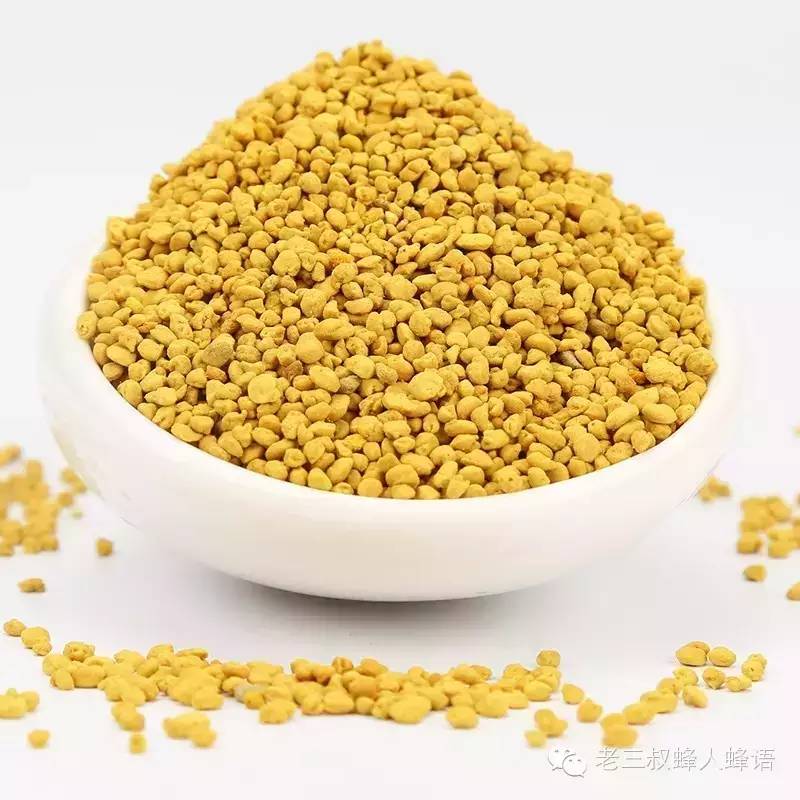养蜂管理
Queen Excluder Tapes
Perforated Zinc Type, Plastic Sheet Type, Zintec Type
These are probably the most popular in the UK... They are the least expensive, however there are many drawbacks associated with the123.
I do not like this type personally... The zinc and Zintec ones have a sharp burr that I believe in an impediment to easy bee access. The plastic ones do not seem to have a burr, but the punched holes have rough and granular edges and I believe this is as bad as the metal version as far as bee access is concerned. Another reason to dislike them is that they are laid directly on to the top bars (of bottom bee space hives) which causes a great deal of propolis and brace comb as well as causing a large disturbance to the colony as it is peeled off. The plastic version is also slippery, particularly if petroleum jelly is used on the box mating surfaces. A further factor that I dislike is the possibility of damage both buckling and tearing that makes a mockery of the title queen excluder. Having been so negative about the type when used as a separator between brood and supers I can say that it is a useful material in the production of gadgets. The dimensions of the 'hole' are 4.38?mm x 18.3?m123.
Moulded Plastic Type
This is relatively new on the UK market. It seems robust and can be let into the surface of a wooden frame so that a true single bee space can be achieved on one side. The gap appeared medium than most excluders. The measurements that I originally took were from a scanned image (provided by Aaron Morris) and indicated a 4.9?mm gap... Later I measured one with vernier calipers (Apl 2002) and found that the original estimates had been wrong. The gaps varied between 4.33?mm and 4.35?mm and the slots were 19?mm long, thickness of the sheet was 2.6?mm - 2.8?m123.
Herzog Wire Type
As the wires are round and smoothly finished they allow easy passage of worker bees. The wires are stiff and are held strongly by the transverse perforated strips. The gap between wires is 4.22?m123. This type is the most expensive, but to my mind it represents the best value for money.
Herzog Wire Type
As the wires are round and smoothly finished they allow easy passage of worker bees. The wires are stiff and are held strongly by the transverse perforated strips. The gap between wires is 4.22?m123. This type is the most expensive, but to my mind it represents the best value for money.
Drone Excluder
This type is made in Germany and identical to queen excluder except in the spacing between the wires.
There is also a flat wire type. I will try to find it for inclusion later.
Neuner Drone Excluder
I am endebted to John?Atkinson for supplying a sample of Neuner grid for me to measure.
The inter wire gap on the sample I measured varies between 5.2?mm to 5.4?mm, but in the majority of places it is between 5.3?mm and 5.4?m123. The variation is mainly caused by wire thickness varying between 1.6?mm and 1.7?m123. I find this strange, as the Germans use manufacturing tolerances, at least, an order of magnitude smaller than that.
The average pitch is 7.03?mm (18 pitches)
Drone excluder can be made in UK, as right, by the spot welding method using the same wire pitch as for queen excluders, but using wires of less diameter to increase the transparency for queens and workers.
A 5.3 mm spacing would mean wires of only 1?mm, which is probably too thin for reliability, but 1.4?mm stiff wires would give a 4.9?mm inter wire spacing that may be appropriate later when we have some bees 're sized' on 4.9?mm comb.
The welded queen excluder, Neuner type and welded drone type are all drawn to the same scale so that comparisons can be made.
Plain Plywood
Some beekeepers prefer to use a rimmed plywood board with 9?mm slots or a large number of 12?mm holes around the outer edge. The workers will pass through without a problem, but the queen who is normally in the center of the nest is reluctant to. (If drone foundation is used in supers then this type will not work.)
The Diagram shows both types. (I have heard of variants that had holes or slots only on two opposite edges.)
Although the queen is capable of 'going?upstairs' they rarely do so and in this respect this type is of similar reliability to the perforated sheet types.
I have heard that squares of fertilizer sack (heavy polythene), cut slightly smaller than the hive area, have been successfully used in this fashion.
Wood and wire Type... during the 1920s there were various types of queen excluder that had narrow panels of wire grid interspersed with wooden slats. The type that I have drawn is believed to have been manufactured by A.I. Root about 1920. Each individual grid was made by placing the wires in a mould and die casting the frame and perpendicular struts using a zinc based alloy. The grids were then assembled using longitudinally grooved wooden spacers with tenons on the ends and outer frame wooden parts that were grooved in the same manner as the spacers. They were available with bee space on both sides of the grid or with a single bee space to one side or with half a bee space each side. The gap was stated as 0.163" which is 4.14?m123.
1339 更多你需要的文章请点击: 冠生园蜂蜜 早上喝蜂蜜水有什么好处 喝蜂蜜水会胖吗 manuka蜂蜜 汪氏蜂蜜怎么样本文手机链接:https://m.zhfengmi.com/show-40-86211



